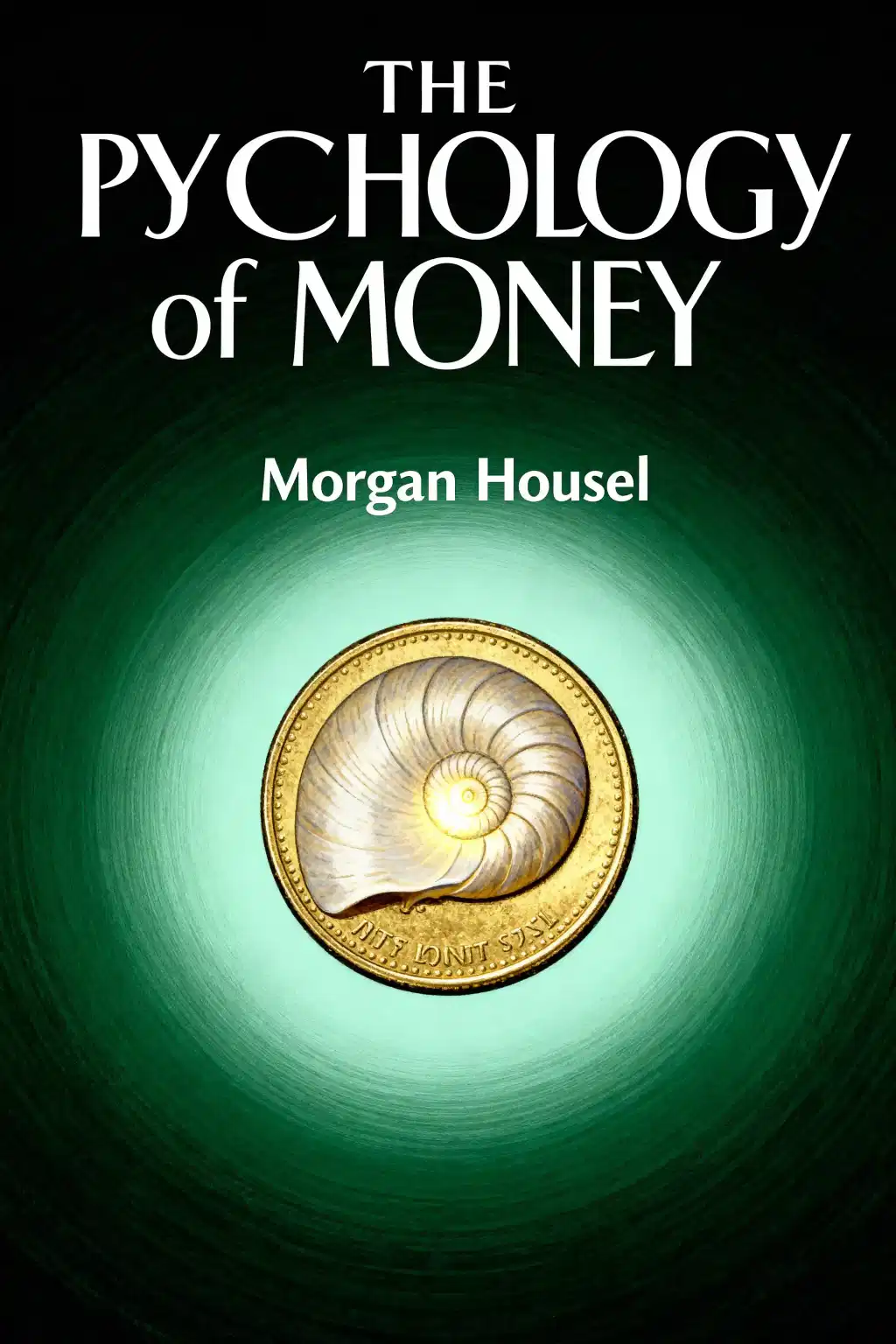What is
The Stoic Path to Wealth by Darius Foroux about?
The Stoic Path to Wealth merges ancient Stoic philosophy with modern investing strategies to teach emotional control, disciplined financial habits, and long-term wealth building. Darius Foroux emphasizes managing reactions to market volatility, avoiding greed, and focusing on sustainable practices like index fund investing and skill development. The book blends practical finance advice with timeless Stoic principles like acceptance and self-mastery.
Who should read
The Stoic Path to Wealth?
This book suits investors seeking emotional resilience, beginners interested in Stoicism-backed financial strategies, and anyone overwhelmed by market uncertainty. It’s particularly valuable for readers who want actionable steps to build wealth while maintaining mental clarity.
Is
The Stoic Path to Wealth worth reading?
Yes, for its unique fusion of Stoic mindfulness and finance. While some sections use technical investing terminology, the book provides clear frameworks for decision-making, stress-tested strategies from historical investors, and exercises to cultivate discipline. Reviews praise its structured approach but note it leans more toward finance than philosophy.
What are the key Stoic principles in
The Stoic Path to Wealth?
Core principles include:
- Emotional detachment: Avoiding fear/greed-driven decisions.
- Focus on controllables: Prioritizing skill development over market predictions.
- Acceptance: Embracing losses as part of the process.
- Contentment: Balancing ambition with gratitude for current resources.
How does
The Stoic Path to Wealth differ from other finance books?
Unlike purely technical guides, Foroux’s approach prioritizes psychological resilience. It avoids get-rich-quick schemes, instead teaching readers to build “enduring prosperity” through consistent habits, low-cost index funds, and emotional discipline rooted in Stoic practices.
What investment strategies does Darius Foroux recommend?
Foroux advocates:
- Long-term index fund investing (e.g., S&P 500).
- Diversification across assets and industries.
- Avoiding frequent trading and market timing.
- Reinvesting dividends to compound growth.
Can beginners follow
The Stoic Path to Wealth’s advice?
Yes, but some chapters (e.g., portfolio rebalancing) assume basic financial literacy. Foroux clarifies complex terms through analogies and historical examples, making it accessible to motivated newcomers.
What critiques exist about
The Stoic Path to Wealth?
Critics note the Stoic-philosophy integration feels secondary in later chapters, and the finance-focused sections may overwhelm readers seeking purely philosophical insights. However, most praise its actionable blend of mindset and strategy.
How does
The Stoic Path to Wealth address modern economic challenges?
Foroux argues that Stoicism’s emphasis on adaptability helps investors navigate 2025’s AI disruptions, geopolitical shifts, and market unpredictability. Techniques like journaling and pre-loss acceptance prepare readers for volatility.
What are memorable quotes from
The Stoic Path to Wealth?
- “Wealth isn’t about having money—it’s about mastering your mind.”
- “The market tests patience; your edge is refusing to play its game.”
- “Greed turns enough into never enough”
How does this book compare to Foroux’s earlier works?
Unlike his productivity-focused titles (e.g., Do It Today), this book applies Stoicism specifically to finance. It shares his signature clarity but delves deeper into technical investing concepts.
Are there practical exercises in
The Stoic Path to Wealth?
Yes, including:
- Daily Stoic journaling to track emotional responses.
- A “pre-loss rehearsal” exercise to mentally prepare for downturns.
- A 12-month savings challenge to build discipline.














